The new Audi A8, due later this year, will incorporate more lightweight technologies than ever before in its revised Audi Space Frame (ASF) architecture.
The body shell of Audi’s flagship will be a hybrid construction comprising four different materials for the first time. These are steel, aluminium, magnesium and carbon fibre joined using 14 different processes.
Despite Audi’s best efforts to reduce weight, the new body in white (the bodyshell less running gear and equipment) weighs 51kg more than the outgoing model, at 282kg compared to 231kg. Dynamic stiffness of the shell is up by 24 percent, which should contribute to improved handling, steering and refinement. Rear seat passengers get a 28mm increase in knee room and 14mm increase in headroom.
Read more: 2017 Audi A8 to feature fully autonomous tech
The weight gain is due to the need for more capable crash structures in the face of more stringent crash safety regulations. “The increase is also due to the need to accommodate new alternative powertrains and because of the increased specification our customers want,” said body engineer, Tim Hämmerle.
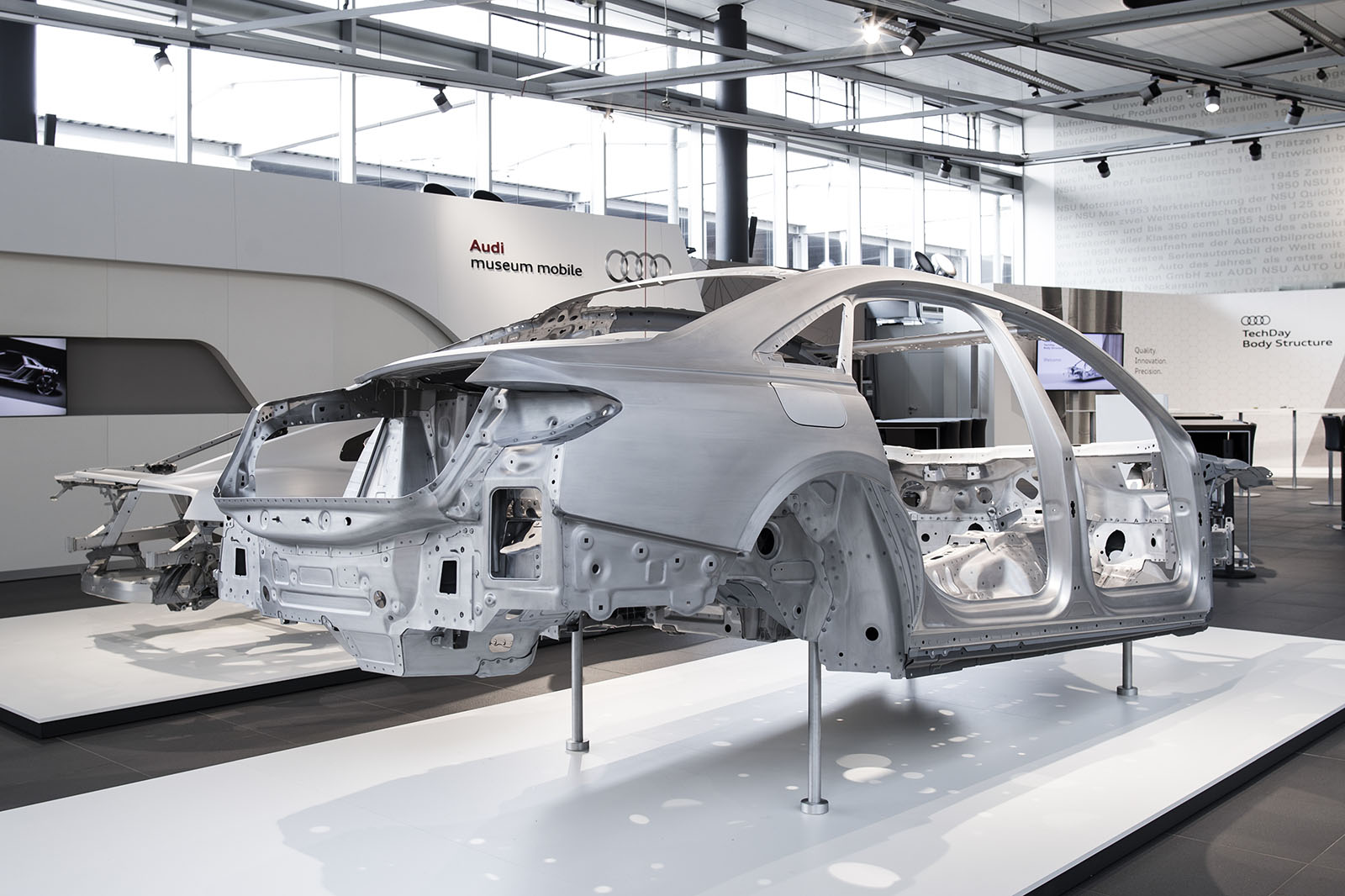
Another factor is the addition of protective measures relating to the hybrid powertrains. “Once you add a lithium battery to a car you have to think about how to protect it in the event of a crash,” said Dr Bernd Mlekusch, chief body engineer.
The Audi A8 is expected to be equipped with a 48-volt electrical system and the body has been engineered for full hybrid systems, something which requires further protection from the body structure. “We have taken into account the possibility of a PHEV version of the A8 as well,” said a spokesman.” The extra weight is unlikely to be due to the new model growing in size. “It won’t be significantly larger” than the outgoing model, said the spokesman.
The rear bulkhead and parcel-shelf is made of carbon fibre using a new process developed by Audi and its suppliers weighing just 2.6kg. The bulkhead is made using carbon fibre tape laid up in different directions by machine, impregnated with resin and cured in just five minutes. The panel accounts for only one percent of the total body weight but accounts for 33 percent of the overall stiffness.

The aluminium components take the form of castings, extrusions and sheet. The body also incorporates high-strength steel components and a magnesium cross-brace is used at the front of the car to further increase stiffness.
A number of new manufacturing techniques have slimmed down the B-Pillar and structures around the glass areas creating more comfortable entry and exit for rear-seat passengers and improved vision. New techniques also include remote laser welding which is 53 percent faster than the previous laser welding process, uses 50 percent less heat and produces 25 percent less CO2.
The structure of the new A8 examined
1. Carbon fibre panel punches above its weight
The new A8 incorporates carbon fibre for the first time, in the rear panel and parcel shelf. Although it accounts for just one percent of the materials total, it adds a whopping 33 percent to the total stiffness.
The panel weighs 50 percent less than an aluminium equivalent at 2.6kg and braces the structure horizontally and vertically. Using a new process developed by Audi, traditional sheet carbon fibre is replaced by 50mm wide lengths of carbon fibre ribbon laid by machine on top of one another at 360 degrees around the points of the compass. The process is much faster than traditional labour intensive carbon fibre manufacturing, as is the RTM (resin transfer moulding) process which takes only five minutes.

2. Magnesium makes its A8 debut
Audi is a little late to the party with magnesium which several other manufacturers have been using for some time in areas like the under-dash assemblies. But the new A8 now incorporates a magnesium component in the form of a front brace spanning the front suspension turrets. Audi has developed as an anti-corrosion treatment to prevent the galvanic corrosion that takes place when magnesium contacts other metal. The brace forms part one of three torsional rings created by the ASF structure at the front, centre and rear of the car to achieve maximum rigidity.
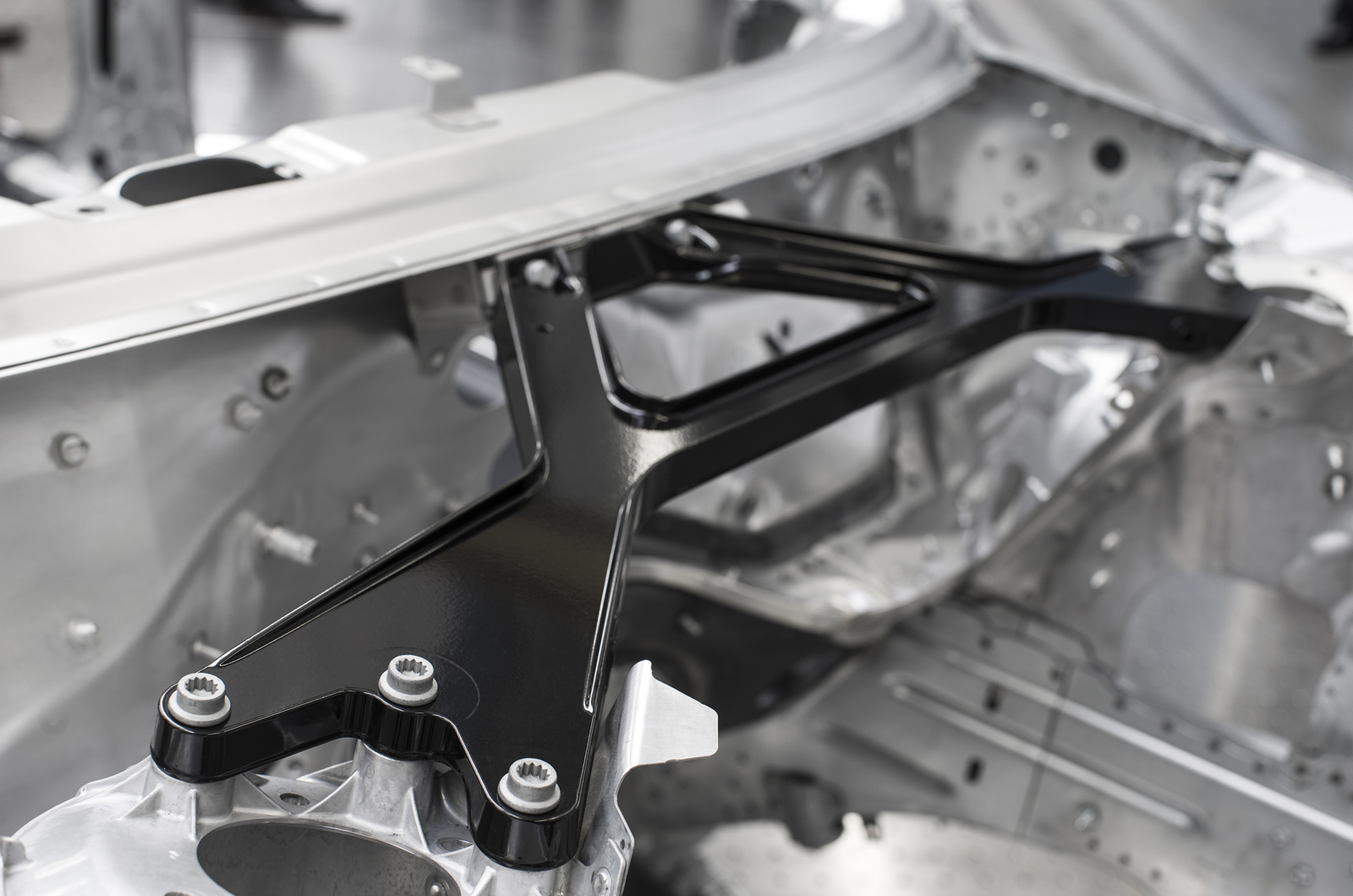
3. Thin-wall castings lighter and stronger than before
Audi says “Aluminium DNA is at the core of every Audi Space Frame” and with that in mind has developed a new technique to make the walls of aluminium castings thinner and stronger. The surface of components made this way resemble natural forms like the lattice structure of a leaf or bird’s wing to provide rigidity. Components are 50 percent stronger but the wall thickness is reduced by 15 percent resulting in a weight reduction of 19 percent. The two largest castings are 1.43m in length and connect either side of the passenger compartment to the boot.
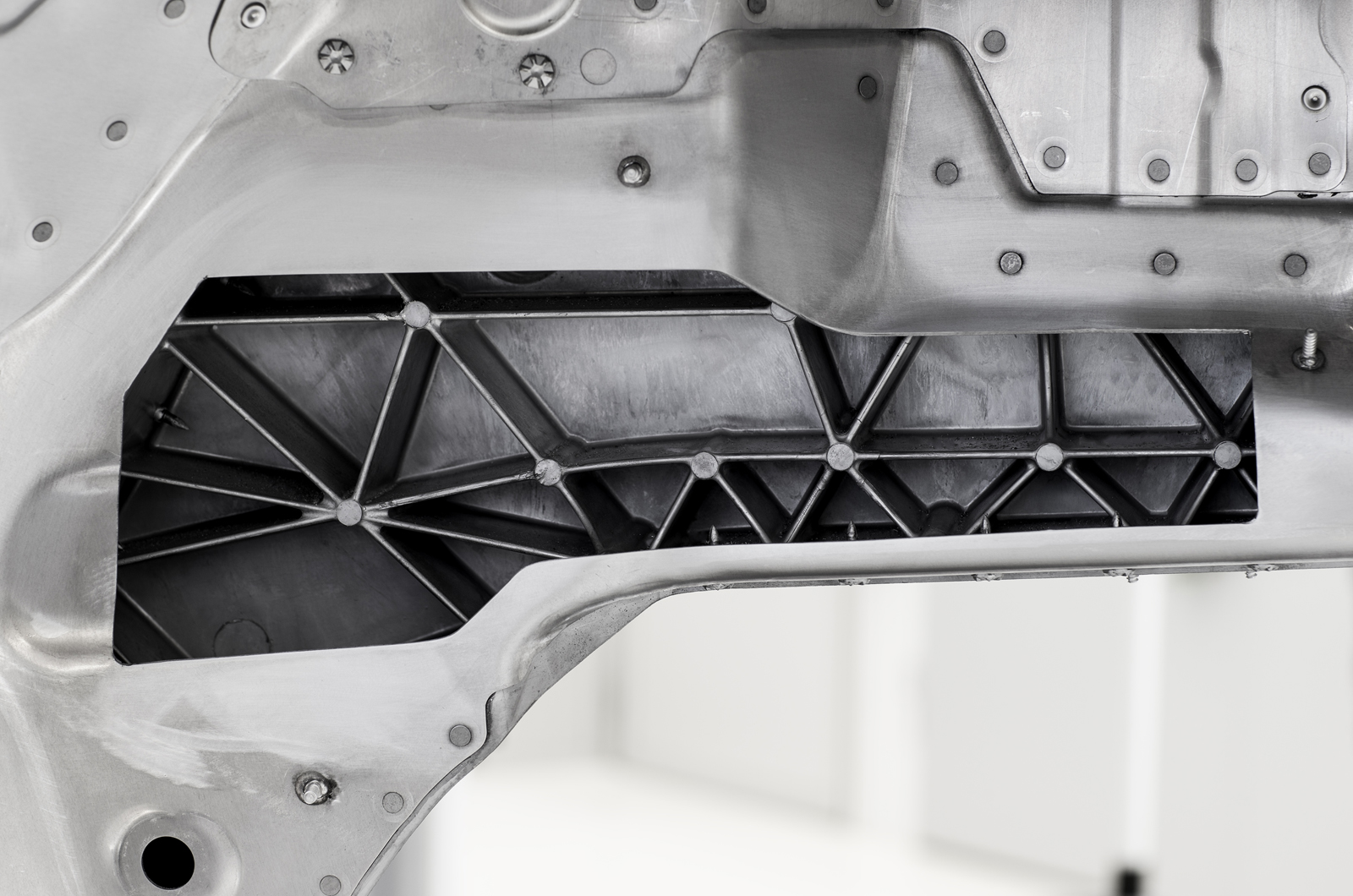
4. High strength steel cage keeps occupants safe
Hot-formed ultra high-strength steel is used to make the front section of the safety cage including the front bulkhead behind the engine, the A-pillars, B-pillars and the sills which form the side frames of the A8. The steel side members are extended the length of the passenger compartment. The aluminium side panel of the A8 is joined to the steel sill and B-Pillar by “roller hemming” which folds the edges of the soft aluminium over the edges of the steel, crimping it together and forming a neat hem, like a metallic version of the hem used in a piece of clothing.

5. Aluminium still the major player
Aluminium still accounts for 58 percent of the A8’s body and is used in three main forms, cast, extruded and sheet. Cast components are made by pouring molten aluminium into a mould and form major parts of the structure and “nodes” which other pieces attach to. Extruded parts are made, like cake icing, by forcing the material through a shaped hole, while sheet is pressed into shape and used to make the outer panels that the customer sees. Despite the increase in weight over the previous A8 shell, Audi says the new version is 40 percent lighter than if it were made from steel.
Here's our review of the current-generation Audi A8

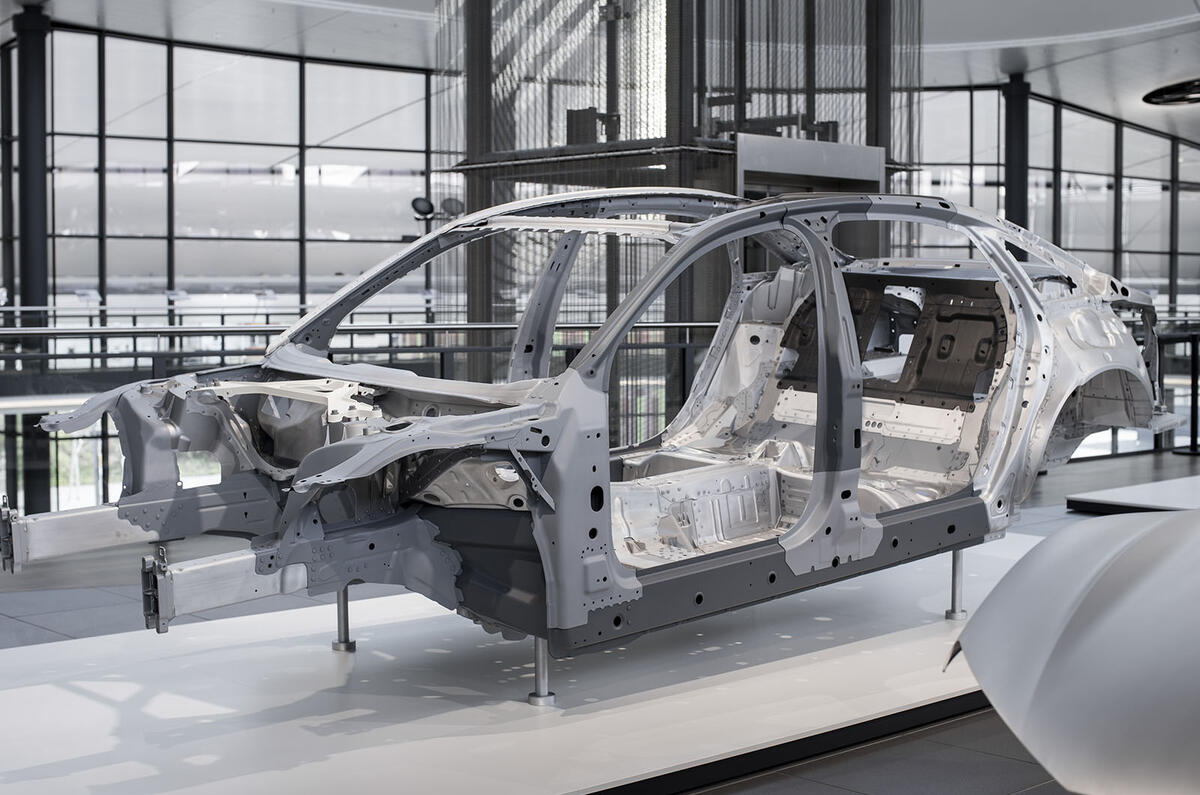



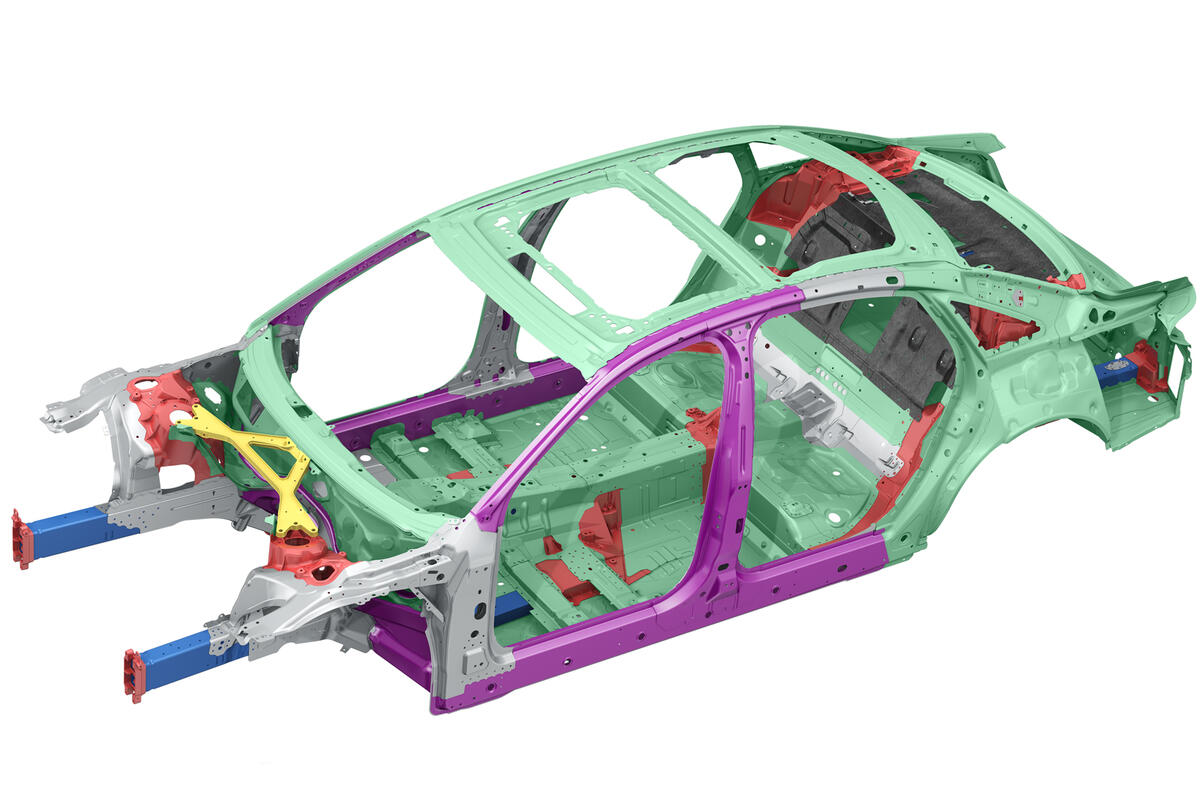








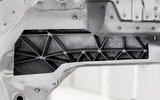
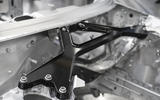











Join the debate
Add your comment
And the Bentley version?
Really?....mmm
With each new generation of